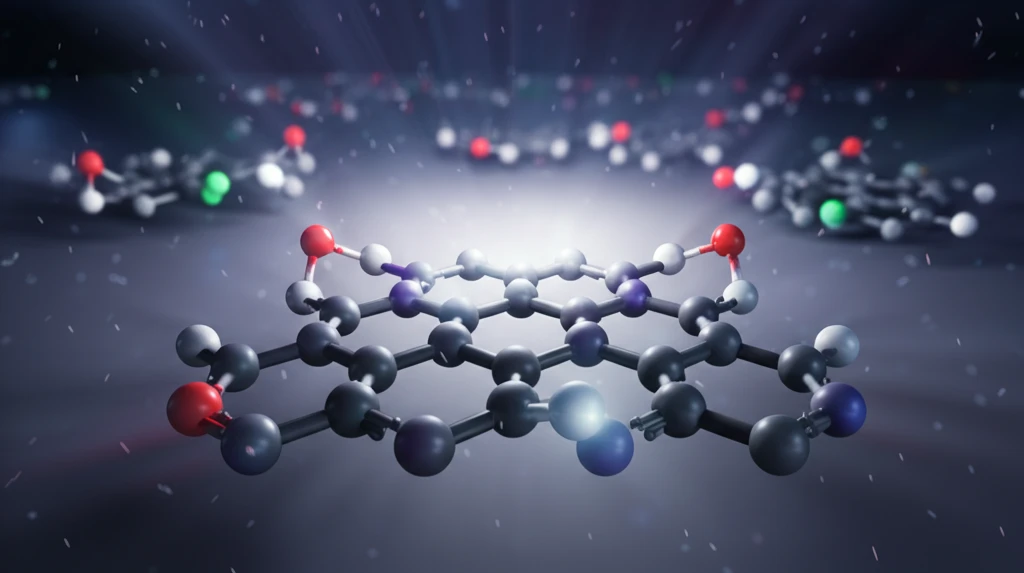
Decoding Material Magic: How New Light Reveals Secrets of Thin Films
"Unlocking the potential of organic electronics: New research uses photoluminescence to peer inside thin films, paving the way for brighter screens and flexible tech."
Imagine a world where your phone screen bends without breaking, solar panels are as thin as paper, and new technologies are not only powerful but also eco-friendly. Organic semiconductors, materials that combine the properties of both plastics and semiconductors, are making this future a tangible possibility. The key to unlocking their potential lies in understanding how light interacts with these materials at a molecular level.
Researchers are increasingly turning to photoluminescence spectroscopy (PL), a technique that involves shining light on a material and analyzing the light it emits. This emitted light acts like a fingerprint, revealing crucial information about the material's structure, energy levels, and interactions between molecules. For materials like thin films, which are essential components in displays, solar cells, and flexible electronics, PL provides a non-destructive way to optimize their performance.
New research published in The Journal of Chemical Physics delves into the intricate world of thin films composed of pentacene (PEN) and perfluoropentacene (PFP), two organic semiconductors. By carefully analyzing the light emitted from these films, scientists are gaining insights into how these materials interact and how their properties can be fine-tuned. This article breaks down this complex research, making it accessible and exploring its potential impact on the future of technology.
Why Pentacene and Perfluoropentacene? The Perfect Pair for Organic Electronics

Pentacene (PEN) and perfluoropentacene (PFP) aren't just randomly chosen molecules. They're ideal candidates for studying organic semiconductors because of their unique compatibility. Think of them like LEGO bricks that fit together perfectly, even though they have slightly different shapes.
- Structural Compatibility: PEN and PFP have similar molecular geometries, allowing them to mix well and form stable thin films. This intermixing is crucial for creating materials with enhanced properties.
- Donor-Acceptor System: PEN and PFP exhibit different electron affinities, meaning one readily donates electrons (PEN), while the other readily accepts them (PFP). This donor-acceptor relationship is essential for creating efficient electronic devices.
- High Charge Carrier Mobility: Both materials are known for their ability to efficiently transport electrical charges, a key requirement for high-performance electronic devices.
The Future is Bright: Toward More Efficient and Versatile Organic Electronics
The secrets hidden within organic semiconductor thin films are slowly being revealed through advanced techniques like photoluminescence spectroscopy. Understanding these materials at the molecular level is key to designing and creating next-generation electronic devices that are flexible, efficient, and sustainable. As research continues, we can expect to see even more innovative applications of organic semiconductors, transforming everything from our smartphones to our energy sources.
